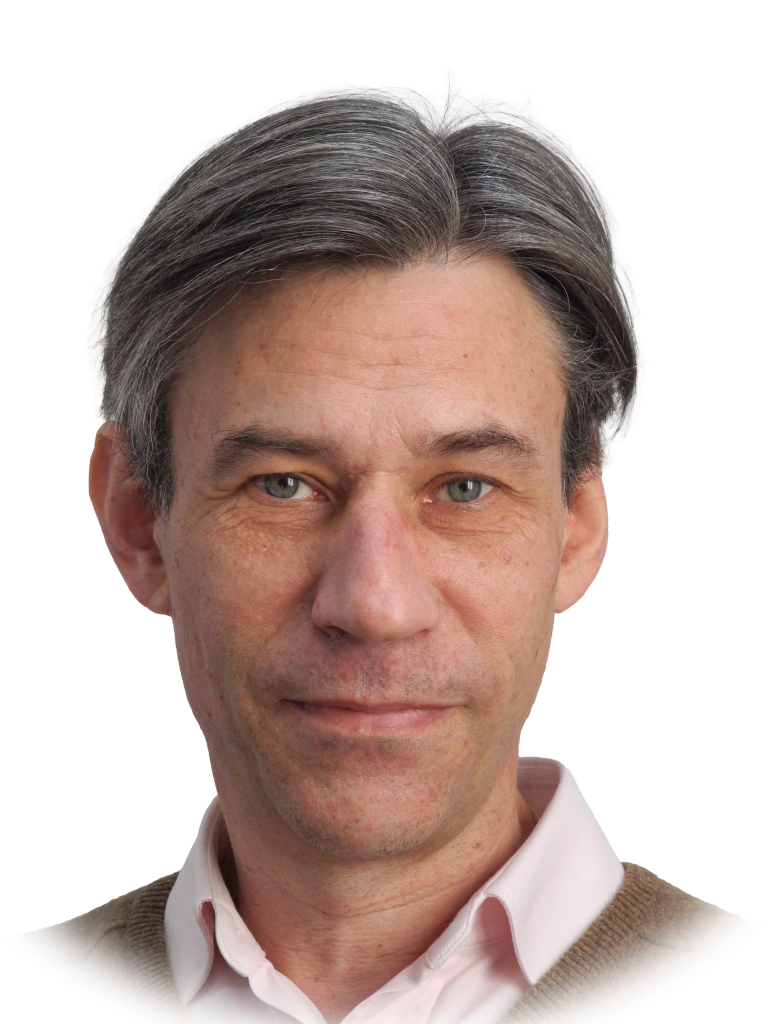__________
CV:
Nicolas Fougeront exerce en omnipratique en centre médical depuis mai 2002 à Saint-Denis. Il est également attaché à la consultation troubles fonctionnels oro-faciaux (Groupe Hopistalier Pitié-Salpétrière Charles-Foix – Ivry-sur-Seine 94). Ses centres d’intérêt sont les fonctions manducatrices, leurs dysfoncionnements chez le patient douloureux chronique et les effets biologiques de la rééducation fonctionnelle.
Neurophysiologie de l’occlusion : des sciences fondamentales à la pratique clinique. Actual Odontostomatol (Paris) 2018 ;290(3), DOI:10.1051/aos/2018043
Temporomandibular disorders and co-morbid neck pain: facts and hypotheses regarding pain-induced and rehabilitation-induced motor activity changes. Fougeront N, Fleiter B. Can J Physiol Pharmacol 2018;96(11):1051-9
Contrôle sensorimoteur de la dimension verticale de la face. Fougeront N. Rev Orthop Dento Faciale 2020;54(3):273-287
__________
Résumé:
